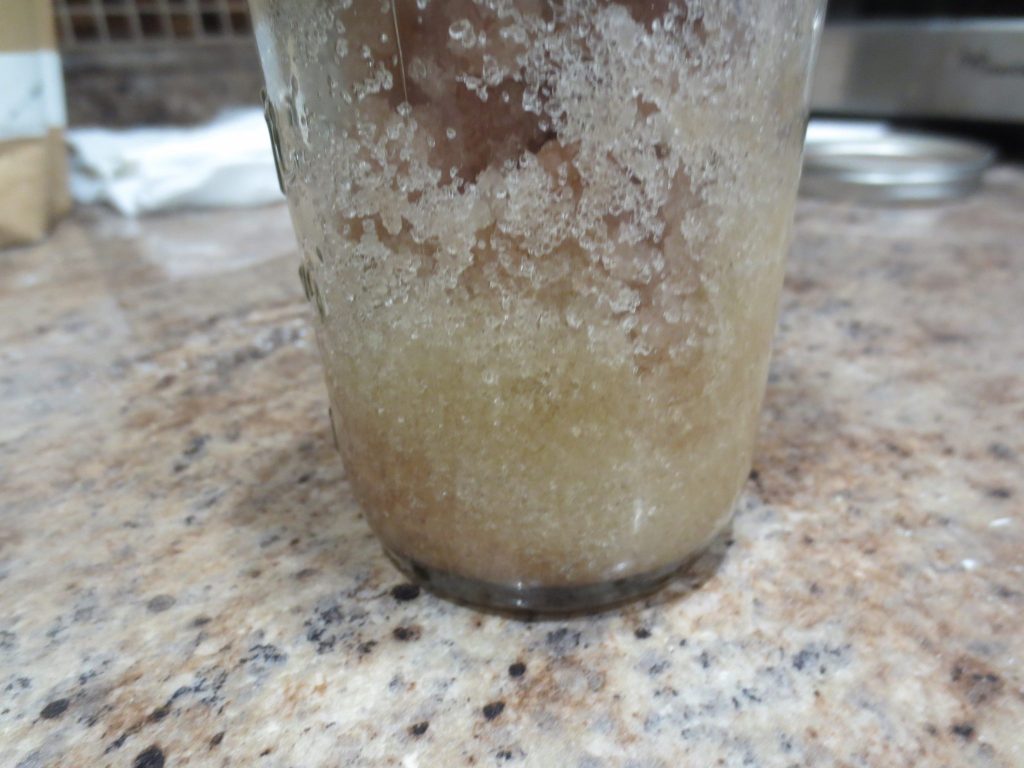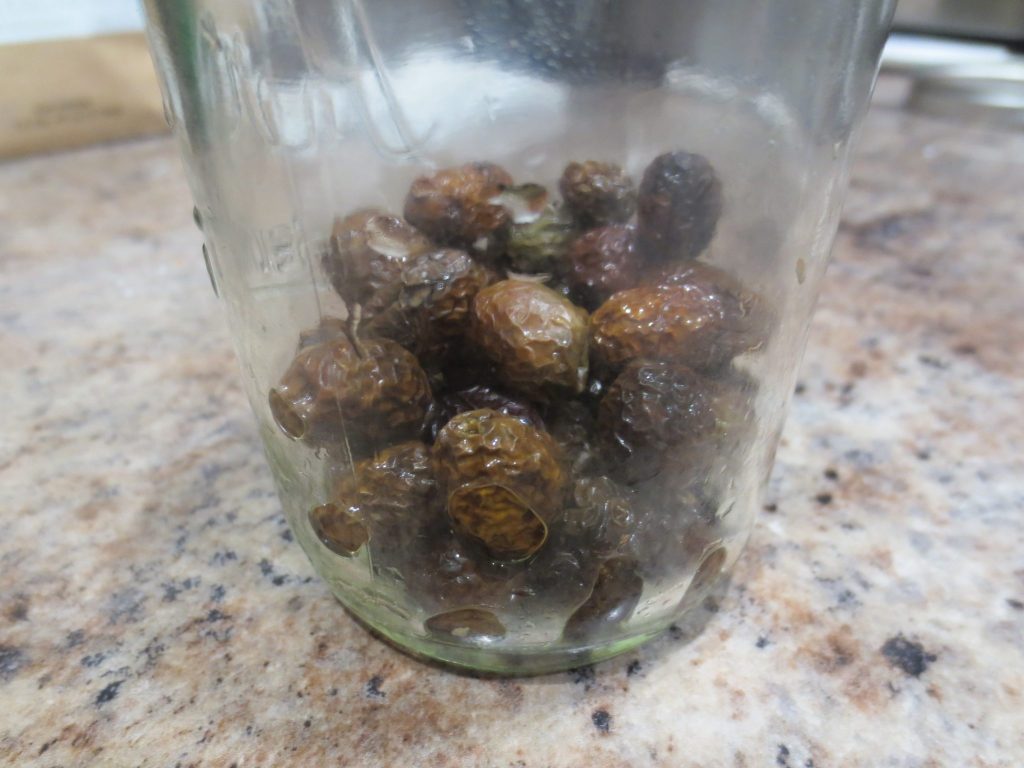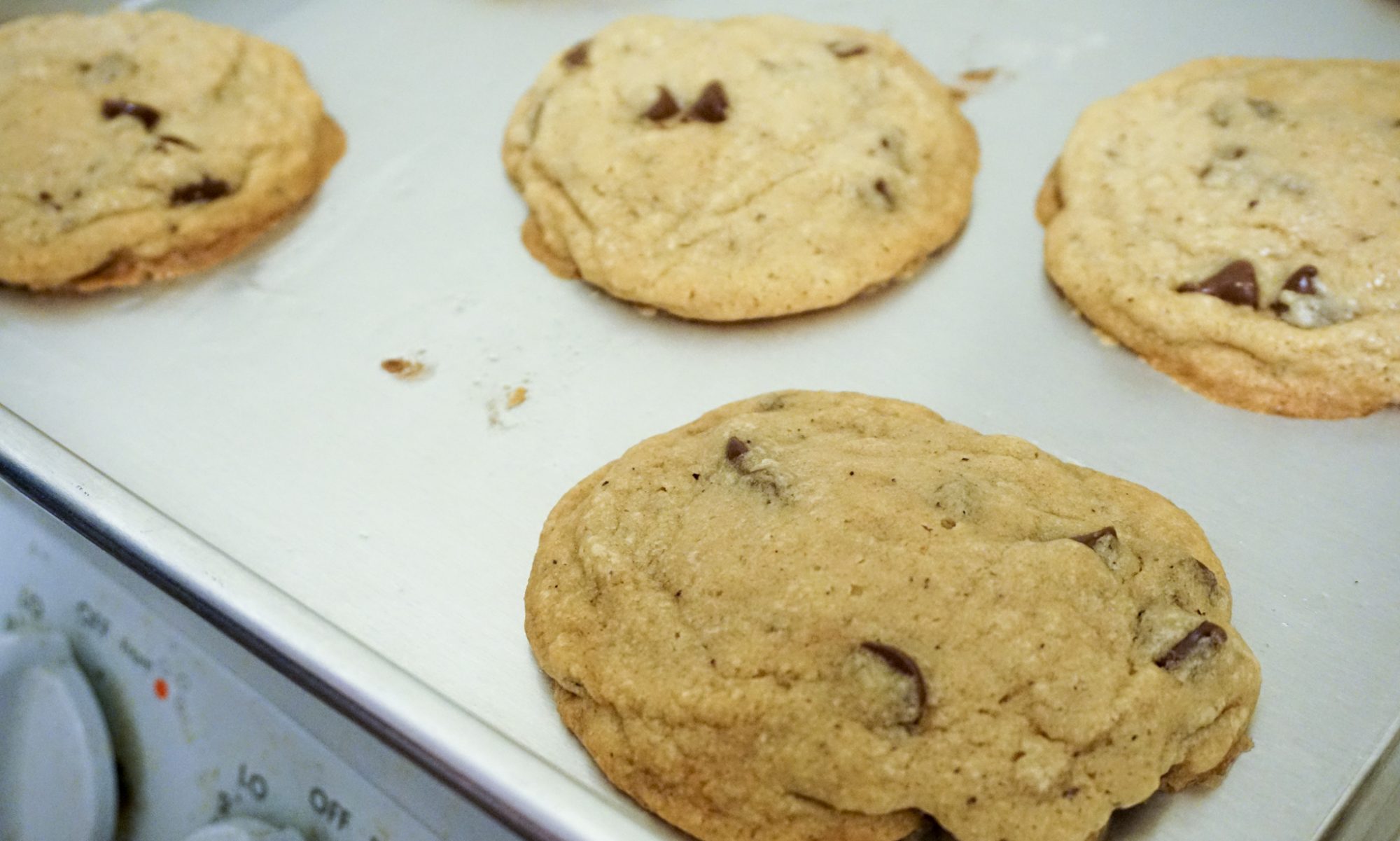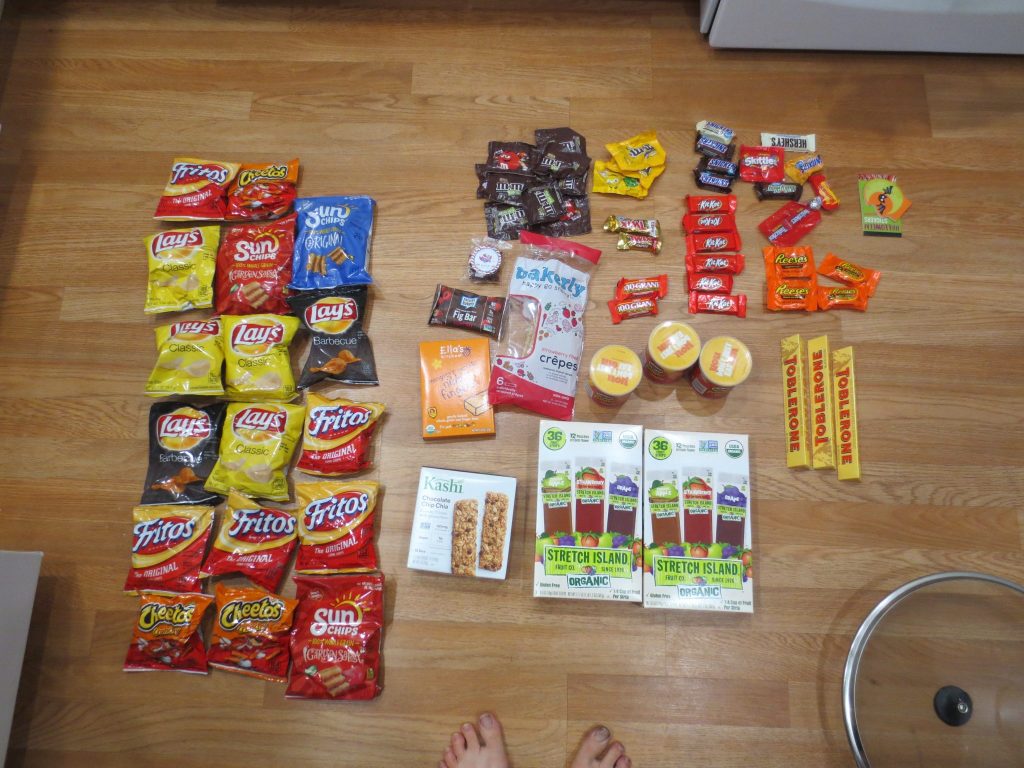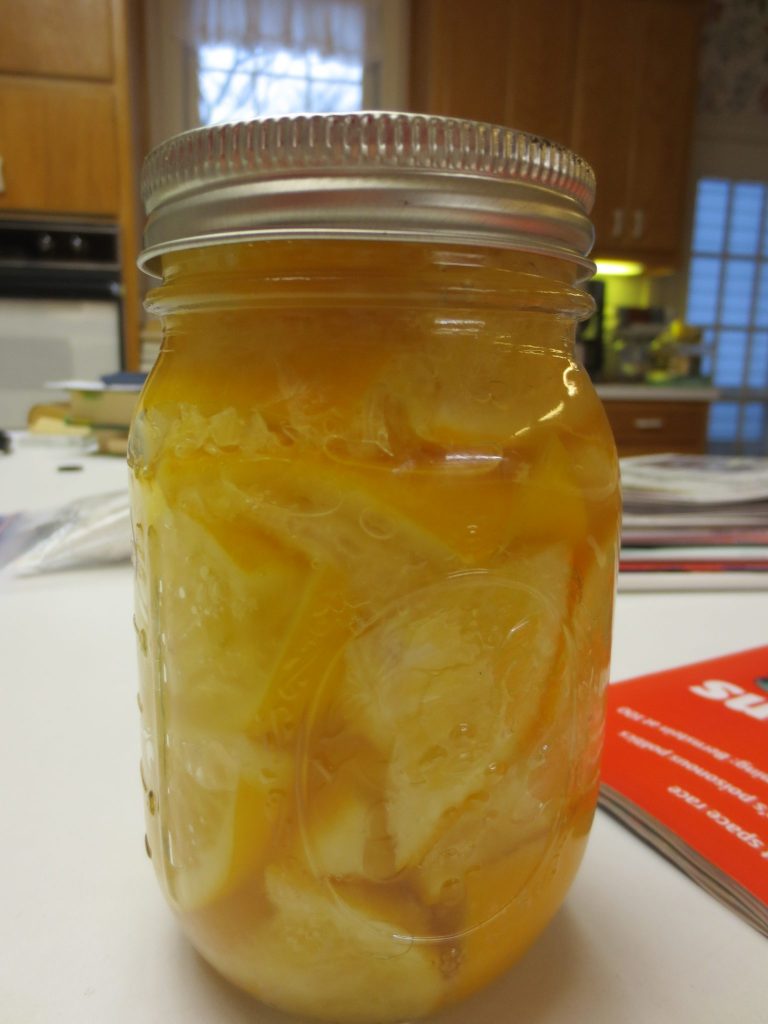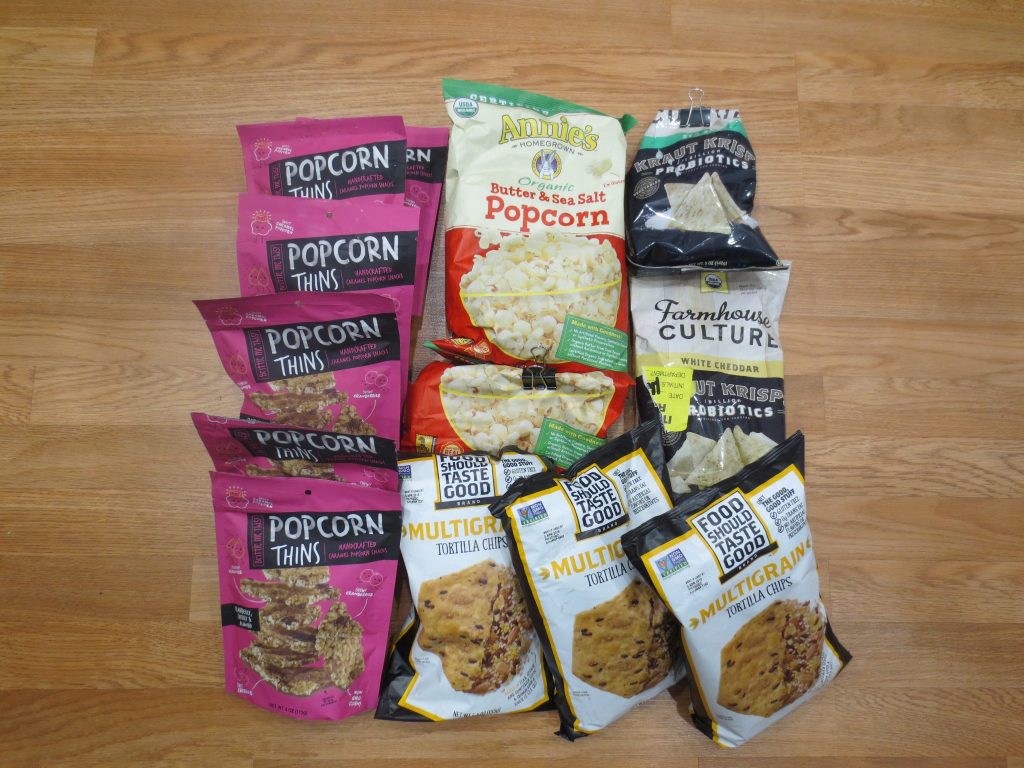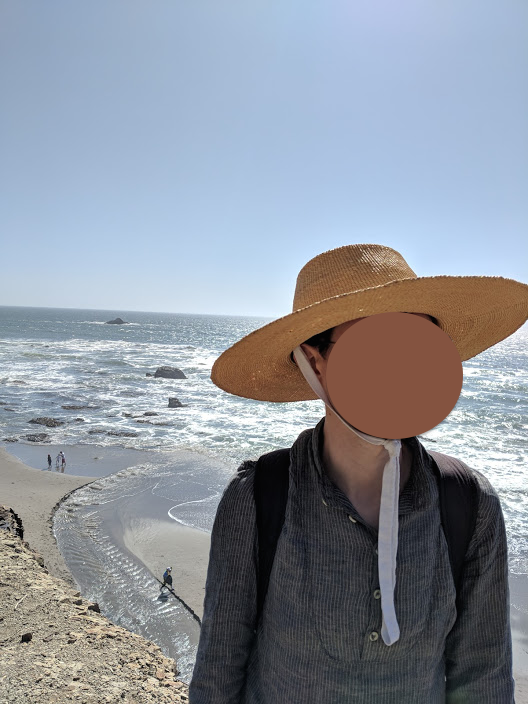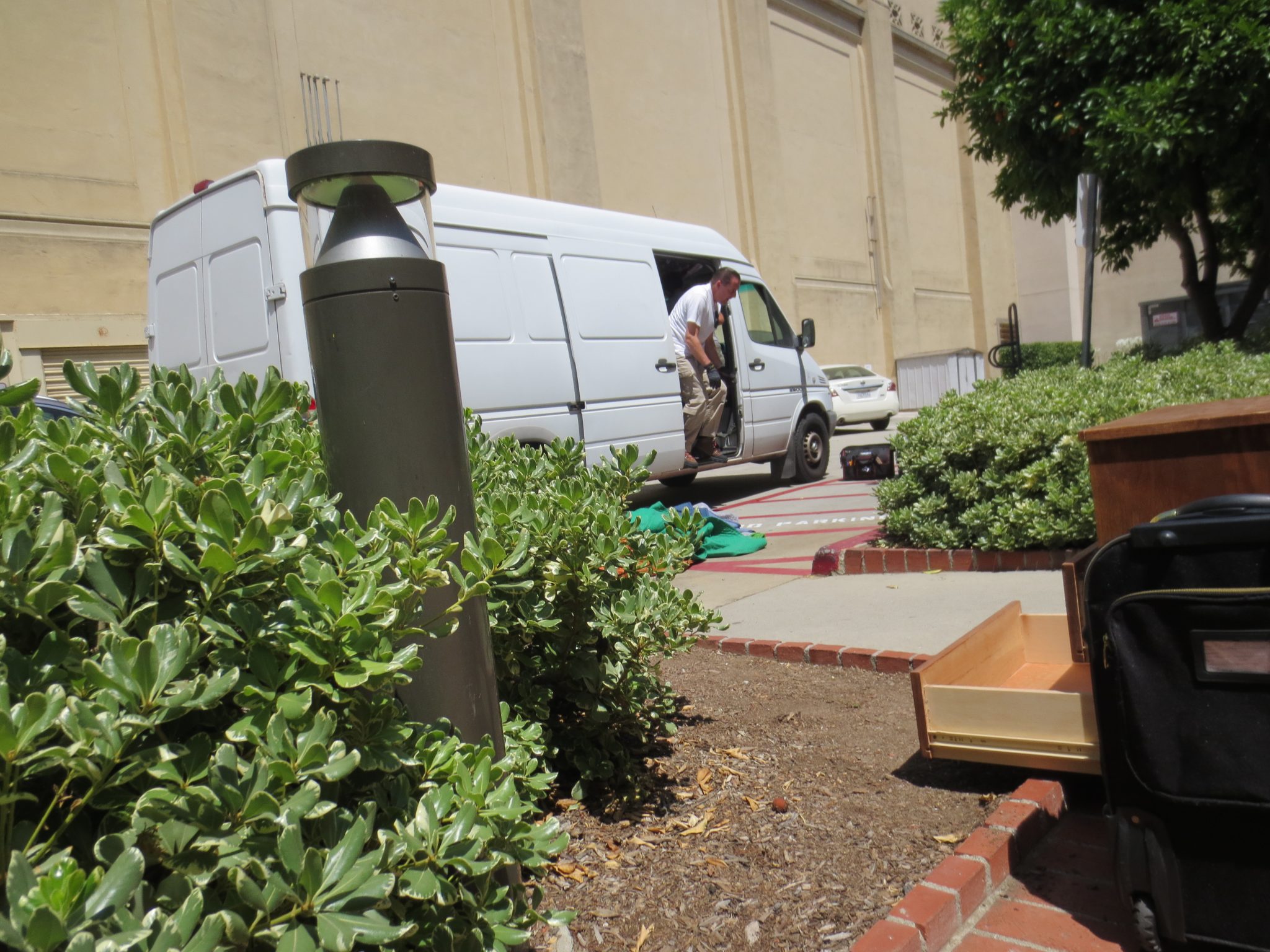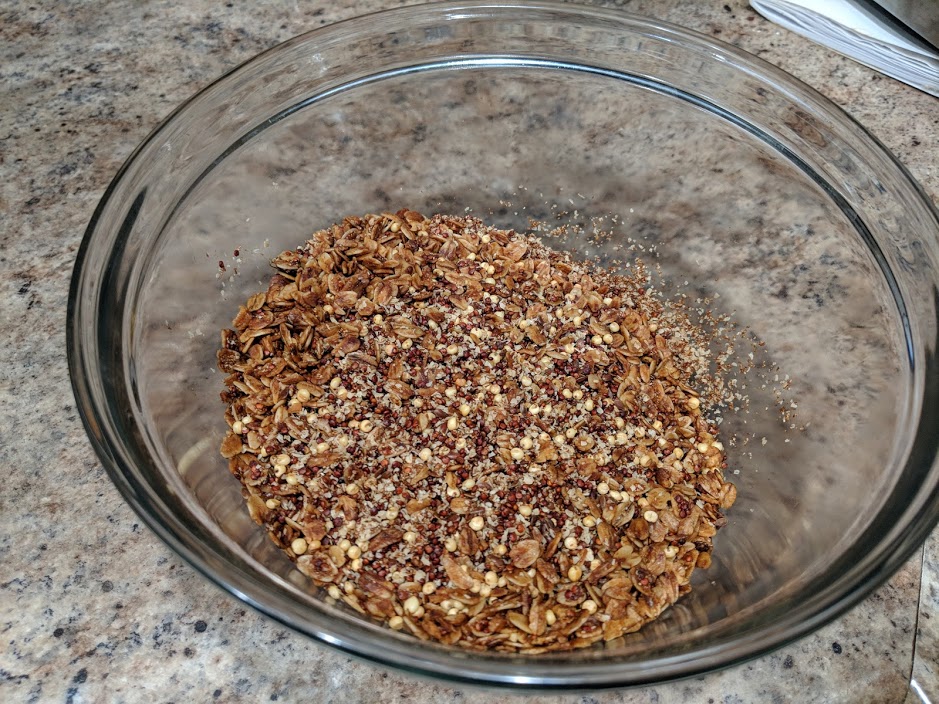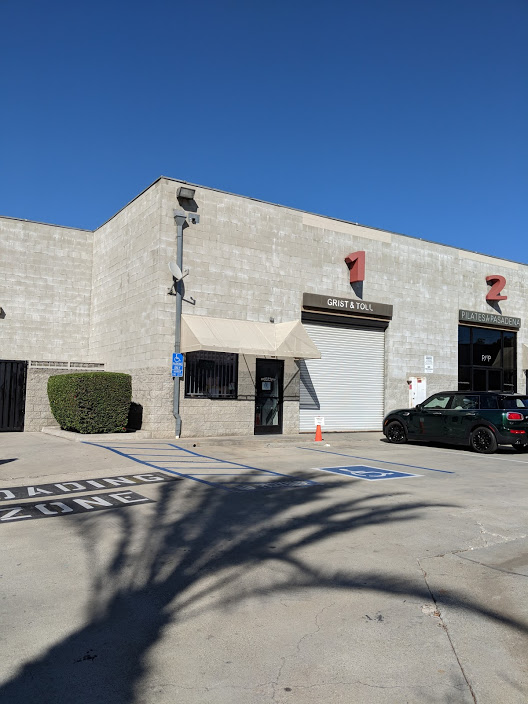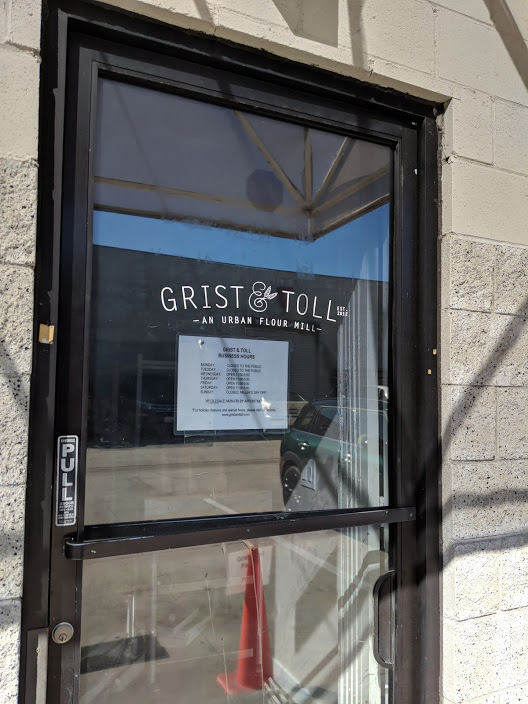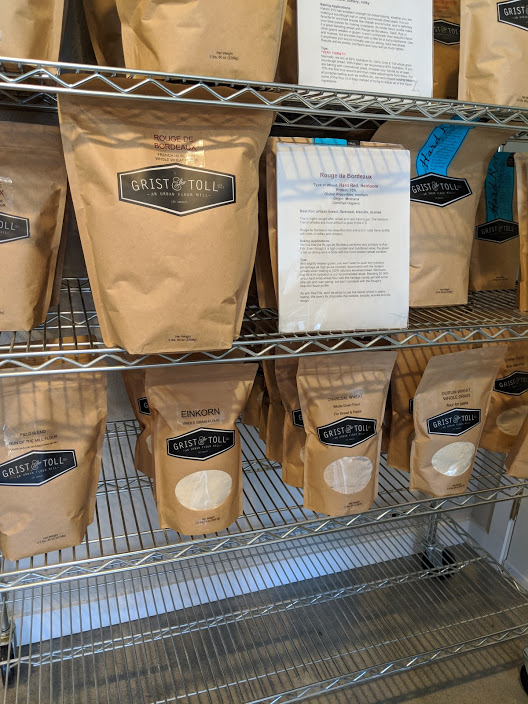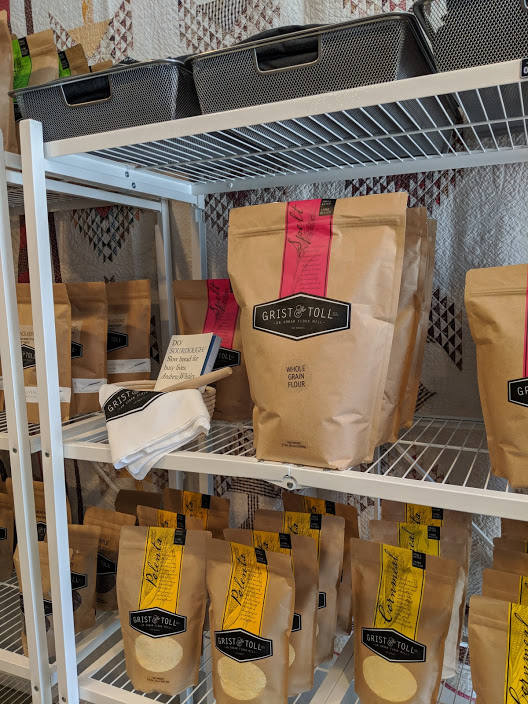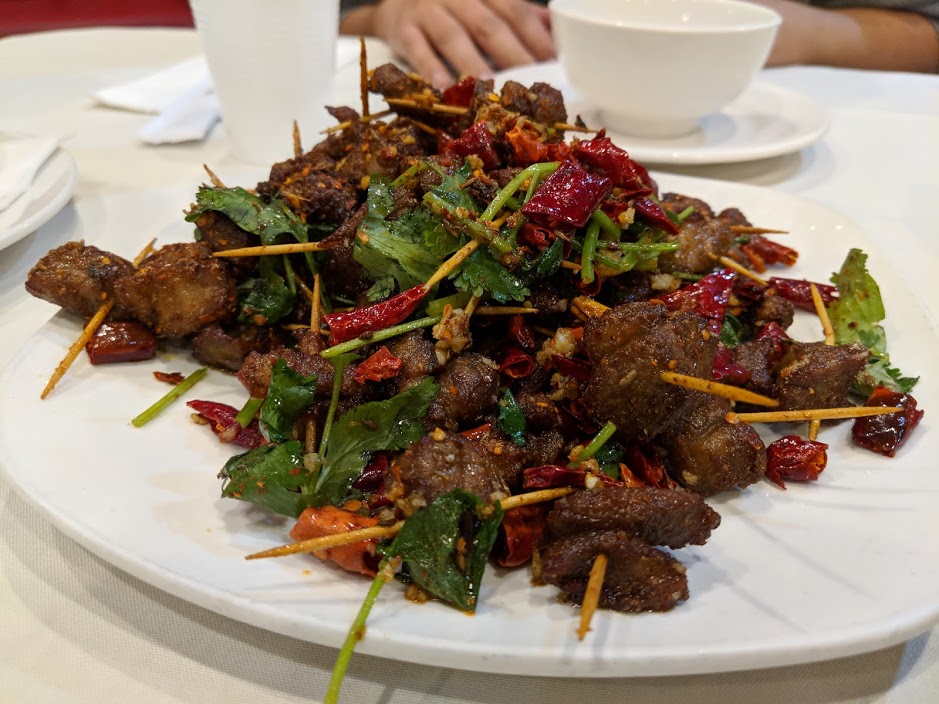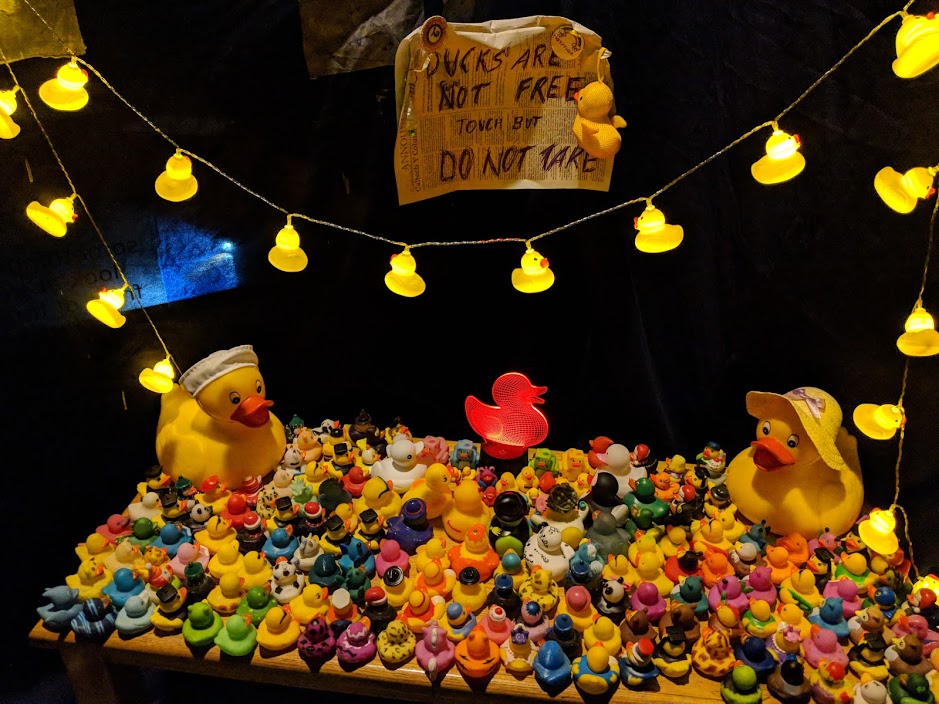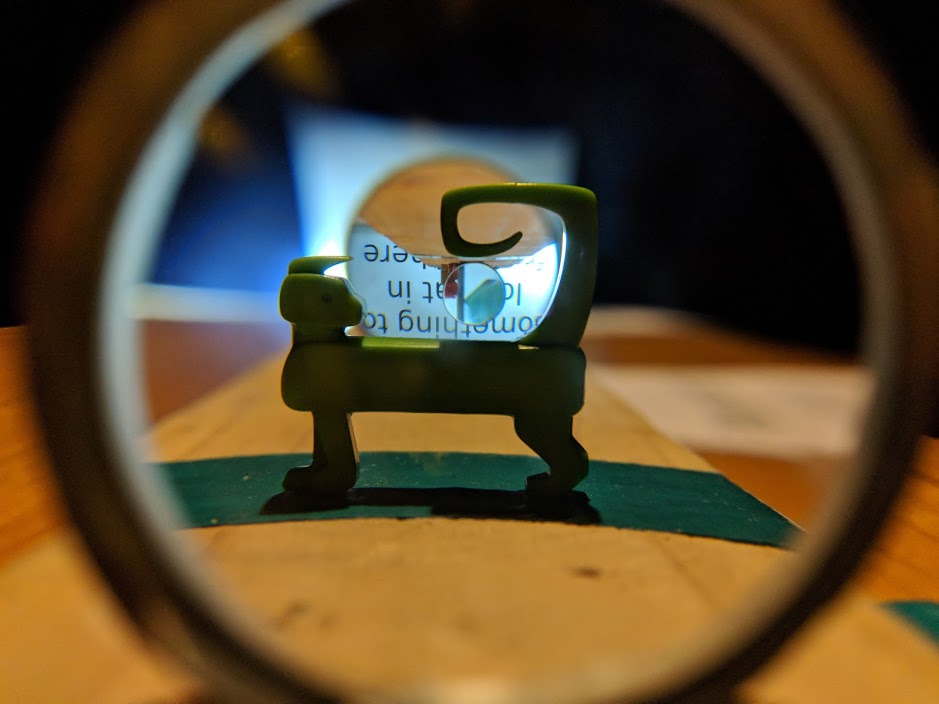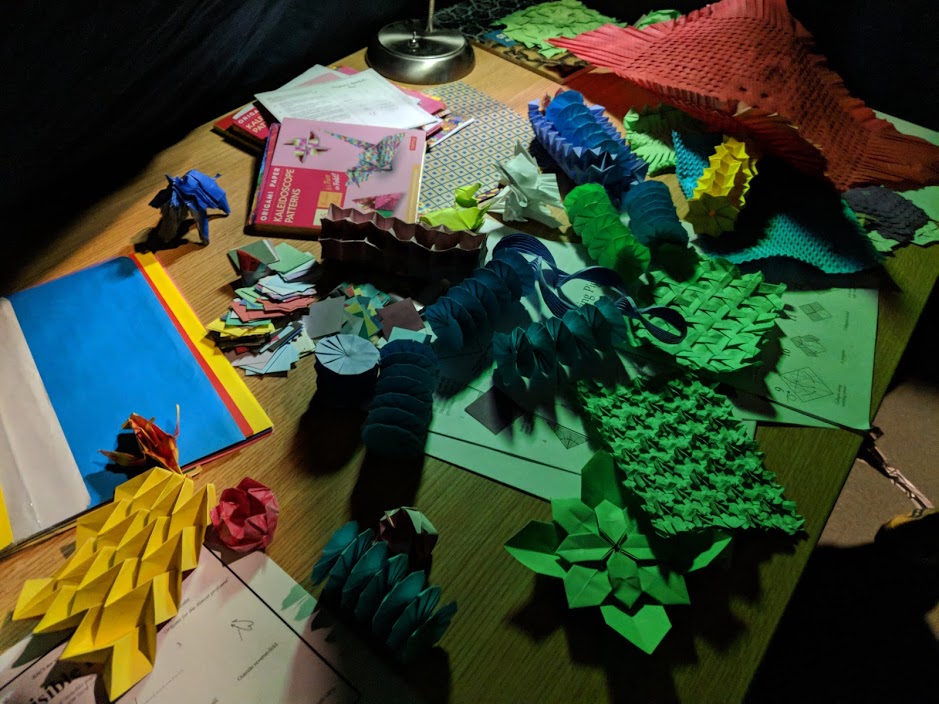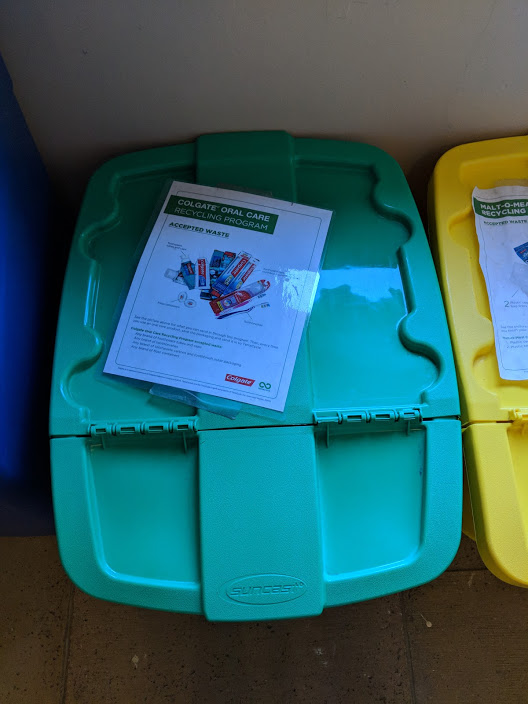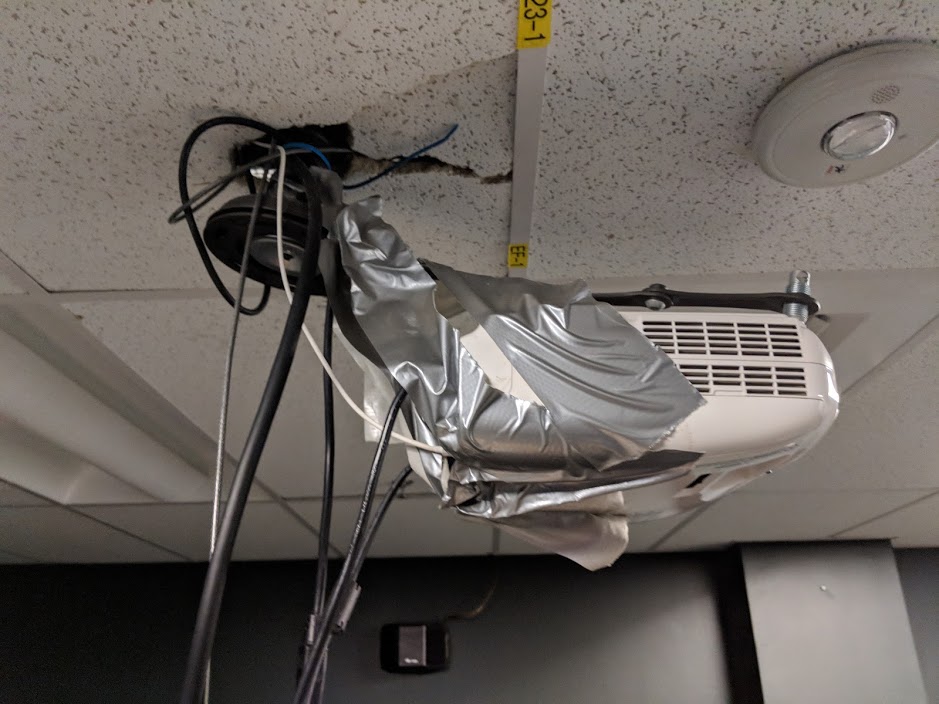Last fall, I made olives from fruit gathered from a neighbor’s tree. As it turns out, this neighbor had been interested in making olives for a while, but never looked into it. He was very excited about the project and readily let me pick his olives.
I hadn’t cured olives before, but I’ve did some research on it (and have a lot of experience with other niche food projects!). As it turns out, it’s pretty easy and makes an item that is relatively expensive to purchase, so definitely worth it.
There are four basic ways to cure olives: in water, in salt brine, in lye brine, and in salt (dry). The lye method is the fastest- it can take less than a day, but lye is rather dangerous, of course. Curing in water is also supposed to be relatively fast (a month), although it seems of questionable veracity to me. Dry-curing takes 1-2 months. This method is also called oil-curing, since these types of olives are often marinated in oil after being cured. The low water content makes them taste richer and oilier. The slowest, but one of the easiest and most common, methods is brining. It takes 6-12 months and produces a “normal” olive.
The salt-based methods rely on lacto-fermentation for flavor and additional preservation. The salt prevents the wrong types of bacteria from growing (which is why it’s important to use enough salt and why I’m dubious about the water-only method!); the fermentation adds flavor and acidity.
All methods can be used on all types and ripeness of olives, but there are combinations that are more common. For example, dry-curing is more common with ripe olives. Brining is more common with green (unripe) or half-green olives. Unripe olives tend to have a stronger taste, since they start off more bitter.
Here’s a review of the process, plus improvements:
- Collect olives by shaking branches towards a tarp. Gather olives from the tarp (e.g. pour into a bucket). Picking by hand is laborious and bumping the tree as you pick causes nearby olives to fall off and be lost.
- Many (~75%) of the olives I collected had been impacted by the olive fruit fly, which lays its eggs in the olive meats. Impacted olives are safe to eat, but may be more acidic and have a shorter shelf life. I didn’t use any of the impacted olives this time, but would in the future since I was left with so few olives!
- I dry-cured the olives, leaving them in a jar of salt for ~3-4 months. Turns out this was too long, as the olives were overly salty and desiccated, so make sure to taste-test periodically. I rehydrated and de-salted by soaking in plain water for a few days, then put the olives in a brine (because they started getting moldy…).
- Dry-curing works best on ripe olives. I cured some green and half-green olives that turned out kinda hard and bitter, so I would avoid those in the future.
I was impressed with how easy the process was and how olive-like the finished product was.
